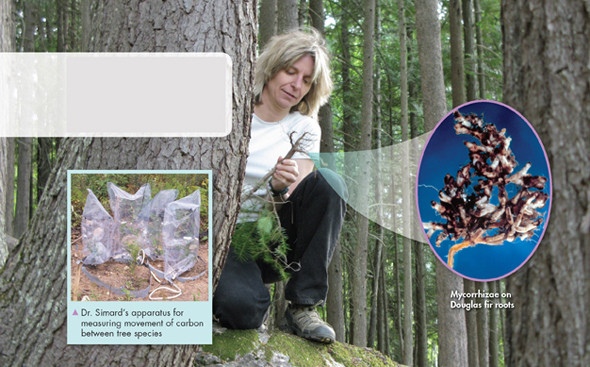
FIGURE 21–22 Mycorrhizal Research Suzanne Simard of the University of British Columbia studies the effects of mycorrhizae on birch and other tree species. Apply Concepts What type of symbiotic relationship is illustrated by mycorrhizae?
A recent experiment showed that carbon atoms from one tree often end up in another tree nearby. In an experiment using isotopes to trace the movement of carbon, ecologist Suzanne Simard, shown in Figure 21–22, found that mycorrhizal fungi transferred carbon from paper birch trees growing in the sun to Douglas fir trees growing in the shade. As a result, the sun-starved fir trees thrived, basically by being “fed” carbon from the birches. Simard's findings suggest that plants—and their associated fungi—may be evolving as part of an ecological partnership.
21.4 Assessment

-
Review Identify the characteristics all fungi have in common.
Explain What is the structure of the body of a typical fungus?
Apply Concepts Tissues from several mushrooms gathered near the base of a tree were tested and found to be genetically identical. How could you explain this?
-
Review Describe four ways fungi affect homeostasis in other organisms and the environment.
Apply Concepts Summarize the role of fungi in maintaining homeostasis in a forest ecosystem.
Apply the Big idea
Both bacteria and fungi are decomposers. What characteristics do these two groups share that allow them to function in this ecological role? Use information from Lesson 20.2 to help you answer this question.

Table of Contents
- Formulas and Equations
- Applying Formulas and Equations
- Mean, Median, and Mode
- Estimation
- Using Measurements in Calculations
- Effects of Measurement Errors
- Accuracy
- Precision
- Comparing Accuracy and Precision
- Significant Figures
- Calculating With Significant Figures
- Scientific Notation
- Calculating With Scientific Notation
- Dimensional Analysis
- Applying Dimensional Analysis




